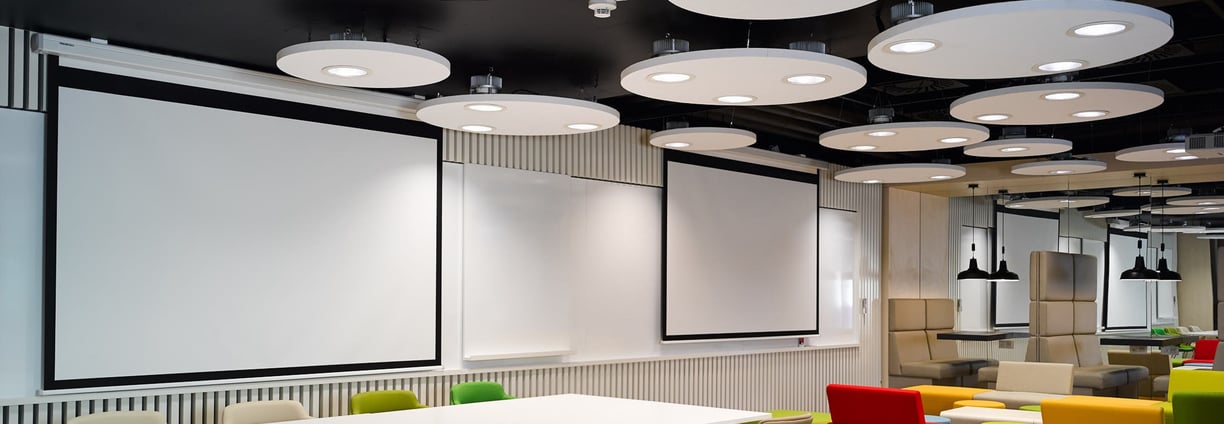

Illuminating the Path: Why LED Lights Shine Bright in Today's World
In an era where environmental sustainability is becoming increasingly crucial, LED lights emerge as a beacon of hope for a brighter and greener future. Here are several compelling reasons why we need LED lights for our environment
Energy Efficiency: LED lights are highly energy-efficient compared to traditional incandescent or fluorescent bulbs. They require significantly less electricity to produce the same amount of light, resulting in reduced energy consumption and lower carbon emissions. By switching to LEDs, we can contribute to energy conservation and combat climate change.
Longer Lifespan: LED lights have an impressively long lifespan, lasting up to 25 times longer than traditional bulbs. This longevity not only reduces the frequency of replacements but also minimizes the amount of waste generated. By embracing LEDs, we can decrease our environmental footprint by reducing the number of discarded bulbs and the resources needed to manufacture new ones.
Reduced Carbon Footprint: LED lights have a significantly lower carbon footprint compared to other lighting options. The energy efficiency of LEDs translates into fewer greenhouse gas emissions during their use. Additionally, LED lights do not contain harmful substances like mercury, commonly found in fluorescent lights, which can have detrimental effects on the environment if improperly disposed of.
Optimal Light Distribution: LED lights offer precise light distribution, which means less wasted light and increased efficiency. Unlike traditional bulbs that emit light in all directions, LEDs can be designed to focus light in specific areas, reducing light pollution and unnecessary energy consumption. This targeted lighting helps preserve the natural nighttime environment and benefits both wildlife and human well-being.
Versatility and Adaptability: LED technology allows for versatile lighting solutions suitable for various applications. From residential and commercial spaces to outdoor lighting and specialized applications like horticulture and automotive lighting, LEDs can be tailored to meet specific needs. Their adaptability and efficiency make them an ideal choice for illuminating our environment while minimizing energy usage.
Instant On/Off and Dimming Capabilities: LED lights provide instant illumination without warm-up time, unlike some traditional lighting options. Additionally, they offer seamless dimming capabilities, allowing users to adjust the brightness according to their needs. This flexibility not only enhances user comfort but also contributes to energy savings by reducing unnecessary light output.
Reduced Heat Emission: LED lights generate significantly less heat compared to traditional bulbs. This reduced heat emission not only contributes to energy efficiency but also enhances safety, especially in enclosed or sensitive environments. Lower heat output reduces the strain on cooling systems, leading to further energy savings.
By embracing LED lights, we embrace a sustainable lighting solution that benefits both our environment and our future generations. The combination of energy efficiency, longevity, reduced waste, and minimal environmental impact makes LED lights an indispensable ally in the journey towards a greener and more sustainable planet. Let's illuminate our world with LED technology and pave the way for a brighter, eco-friendly tomorrow.
